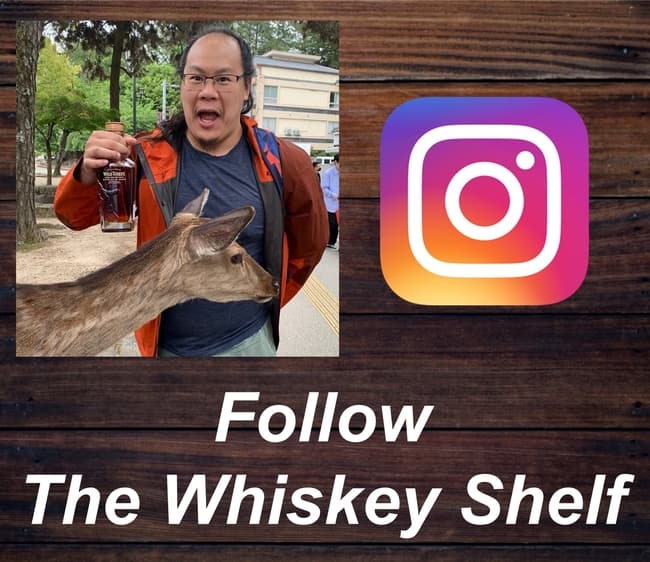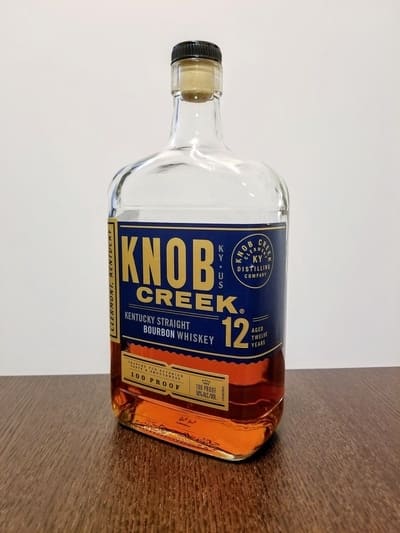Do Neck Pours Exist? An Exploration
Do Neck Pours Exist? A Buffalo Trace Comparison

Founder, writer
Let's Talk About "Neck Pours"
What is a "Neck Pour"?
Does It Actually Exist?
Trying out a "Neck Pour" In real life
Here’s the setup.
- Glencairn 1 – pour from the freshly opened bottle. Swirl, and rest for 10 minutes
- Glencairn 2 – pour from the open bottle (aired out for over 1 month). Swirl, and rest for 10 minutes.
Here's how they compare
Did I miss something?
After doing the comparison, I realized that I possibly made a mistake – I didn’t control for potential batch variance.
- Batch code 14:56 06820
- Batch code 19:39 06620)
It’s entirely possible. Ideally, I would have bought two bottles from the same store at the same time (I didn’t). I can’t say for sure, but it’s something that comes to mind.
What does this mean?
Solely based on this experience, I think there are two key takeaways about neck pours.
- It’s existence is still inconclusive, although there may be other factors involved that I didn’t control
- Letting whiskey air out in the glass seems to make a big difference, neck pour or not

I have far too much fun writing about whiskey and singlehandedly running The Whiskey Shelf to bring you independent, honest, and useful reviews, comparisons, and more. I’m proudly Asian American and can speak Cantonese, Mandarin, and some Japanese.
There are no sponsors, no media companies, and no nonsense. Support The Whiskey Shelf by Buying Me A Shot.If you’re on the move, this Glencairn-like stainless steel snifter glass should survive your travels. Shattered glass Glencairn’s really suck. Full transparency, this is an Amazon affiliate link, so I may earn a commission if you buy this or something else from Amazon.
BrüMate NOS’R, Double-Wall Stainless Steel Whiskey Nosing Glass – 7oz (Matte Black)



































